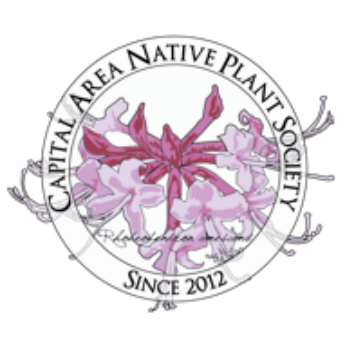Exchanging and collecting seeds
Collecting seeds can be an enjoyable part of nature observation, plant identification and gardening. The following lists are meant to inform you of CANPS policy regarding the ongoing seed exchange and to help you in your learning process. Refer to the CANPS bibliography for more resources.
|
EXCHANGE POLICY
|
IMPORTANT NOTE on the ethics and care of seeds and plant Propagules
|

